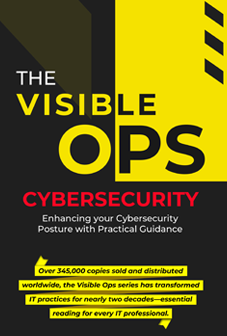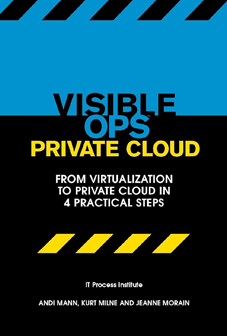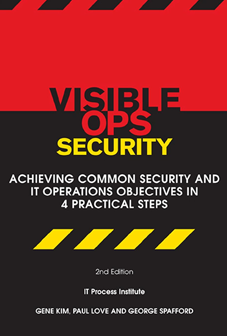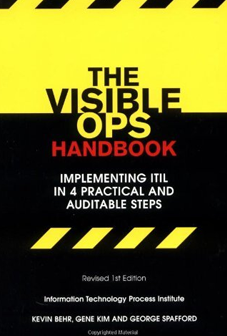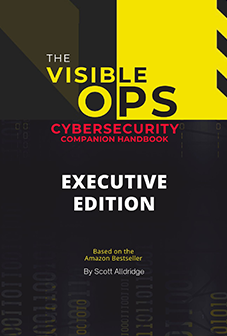Advancing the Science of IT Management
A key problem in the IT industry is that best practice frameworks and advisory services that IT executives often turn to when making capability improvement decisions aren’t based on data, and may only enable average performance. Over the last dispensation of IT Best Practices Frameworks is the implications on an organization’s cybersecurity posture have become paramount in cybersecurity preparedness and defense.
ITIL version 4 and Cobit version 5 along with the onset of new frameworks and models such as MITRE and ZERO Trust are now established proven frameworks that include an implied industry consensus about what works. However, IT organizations often implement practices in a piecemeal fashion. There is no data to indicate which of the hundreds and even thousands of practices contained in these frameworks actually contribute to improved performance. And at best, if they do work, they enable service capability that is only as good as everyone else who implements the best practices identified in the framework.

Another source of guidance is expert advisory services that are based on a Rolodex research model. This type of guidance is developed by people with former industry insider status at enviable margins. However, the insights are based on insider whisperings, and whether or not they have merit, they are not subject to verification.
Both sources serve their purpose, but neither are based on data. Who knows if they actually work? CIOs and IT executives who are increasingly moving into the realm of competitive business strategy need both guidance that enables some advantage and the data to show what to expect from recommended improvement.
Advancing the Science of IT Management
A key problem in the IT industry is that best practice frameworks and advisory services that IT executives often turn to when making capability improvement decisions aren’t based on data, and may only enable average performance. Over the last dispensation of IT Best Practices Frameworks is the implications on an organization’s cybersecurity posture have become paramount in cybersecurity preparedness and defense.
ITIL version 4 and Cobit version 5 along with the onset of new frameworks and models such as MITRE and ZERO Trust are now established proven frameworks that include an implied industry consensus about what works. However, IT organizations often implement practices in a piecemeal fashion. There is no data to indicate which of the hundreds and even thousands of practices contained in these frameworks actually contribute to improved performance. And at best, if they do work, they enable service capability that is only as good as everyone else who implements the best practices identified in the framework.

Another source of guidance is expert advisory services that are based on a Rolodex research model. This type of guidance is developed by people with former industry insider status at enviable margins. However, the insights are based on insider whisperings, and whether or not they have merit, they are not subject to verification.
Both sources serve their purpose, but neither are based on data. Who knows if they actually work? CIOs and IT executives who are increasingly moving into the realm of competitive business strategy need both guidance that enables some advantage and the data to show what to expect from recommended improvement.





